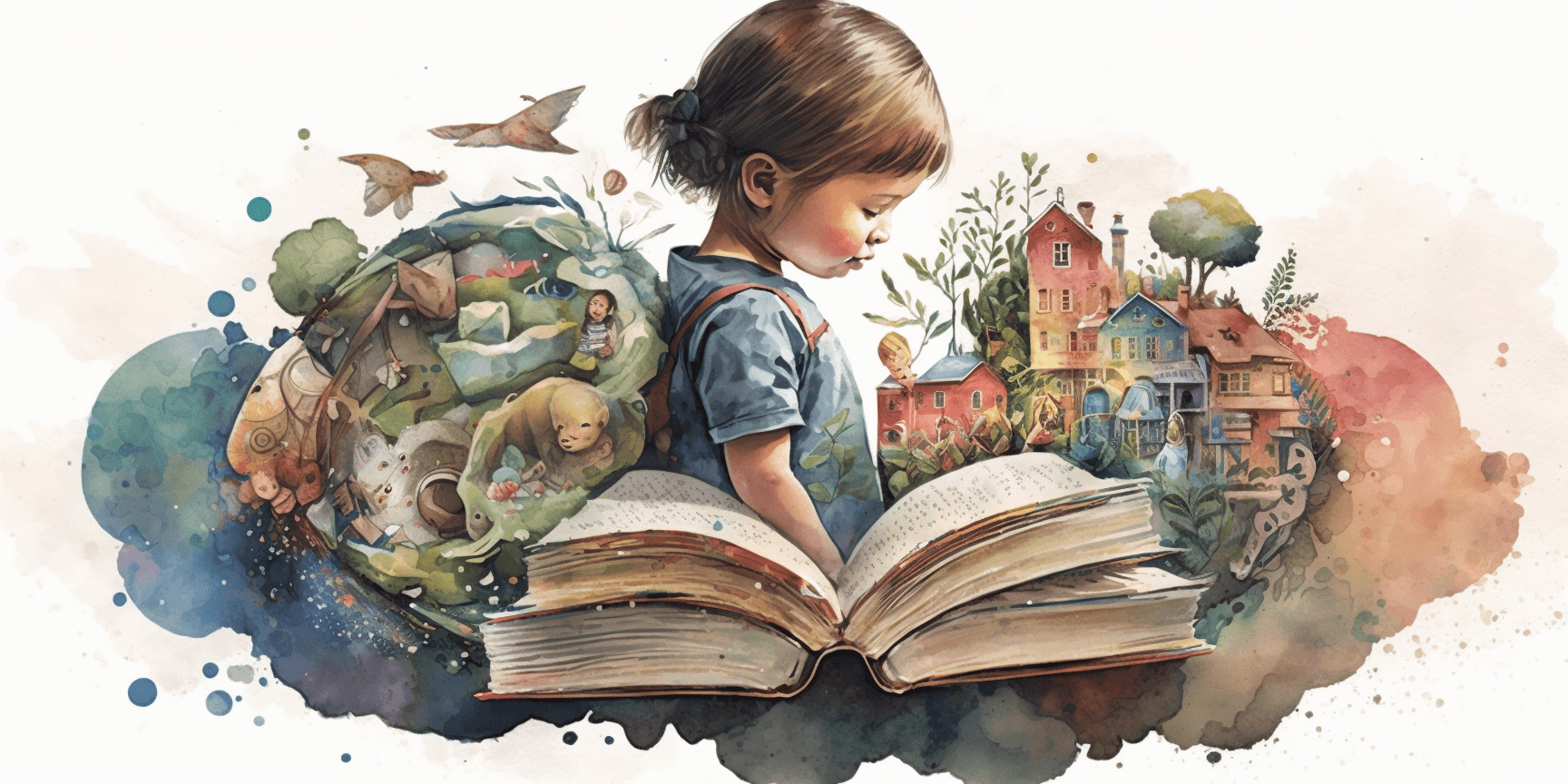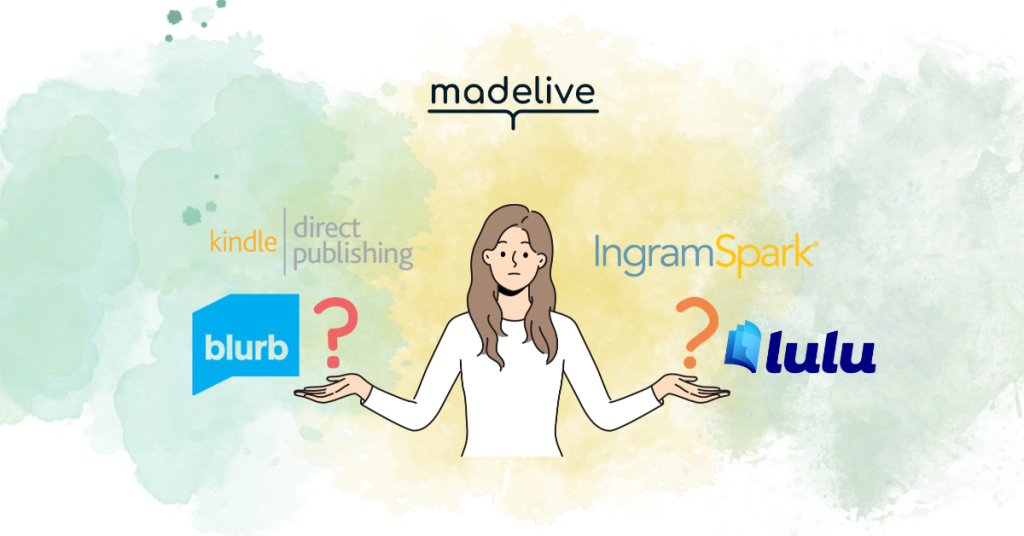Choosing the right Point of View (POV) is a critical decision in crafting children’s stories. The POV sets the tone of the narrative and determines how readers engage with the characters and the world you’ve created. This article will guide you through the different types of POVs and how to choose the best one for your story.
Understanding Different POVs and Their Impact
- First Person POV: This perspective allows readers to experience the story intimately through the protagonist’s eyes. It’s ideal for creating a deep emotional connection with the main character.
- Third Person Limited POV: Here, the story is narrated from a single character’s perspective at a time, offering a balance between intimacy and an external viewpoint.
- Third Person Omniscient POV: The narrator knows everything about all characters, providing a comprehensive view of the story world and multiple viewpoints.
Choosing the Right POV for Your Story
- Consider Your Story’s Requirements: The choice of POV should align with the needs of your story. Consider what perspective will best convey your narrative and character arcs.
- Think About Your Audience: Different POVs can be more or less engaging for certain age groups. Younger children often enjoy the immediacy of first-person narratives, while older children might appreciate the broader scope of third-person perspectives.
- Experiment with Different POVs: Don’t be afraid to try writing a scene from different POVs to see which one feels the most natural and effective for your story.
- Maintain Consistency: Once you choose a POV, maintain consistency throughout your story. Switching POVs can confuse young readers and disrupt the narrative flow.
Conclusion
The POV you choose for your children’s story can profoundly affect how readers perceive and engage with your narrative. Whether you opt for a first-person, third-person limited, or omniscient narrator, ensure that your choice enhances the storytelling and resonates with your intended audience. Remember, the right POV isn’t just a technical choice – it’s a storytelling decision that shapes the heart and soul of your narrative.
This article provides insights into the importance of selecting the appropriate POV for children’s stories, emphasizing how different perspectives can influence the reader’s experience and engagement with the narrative.




